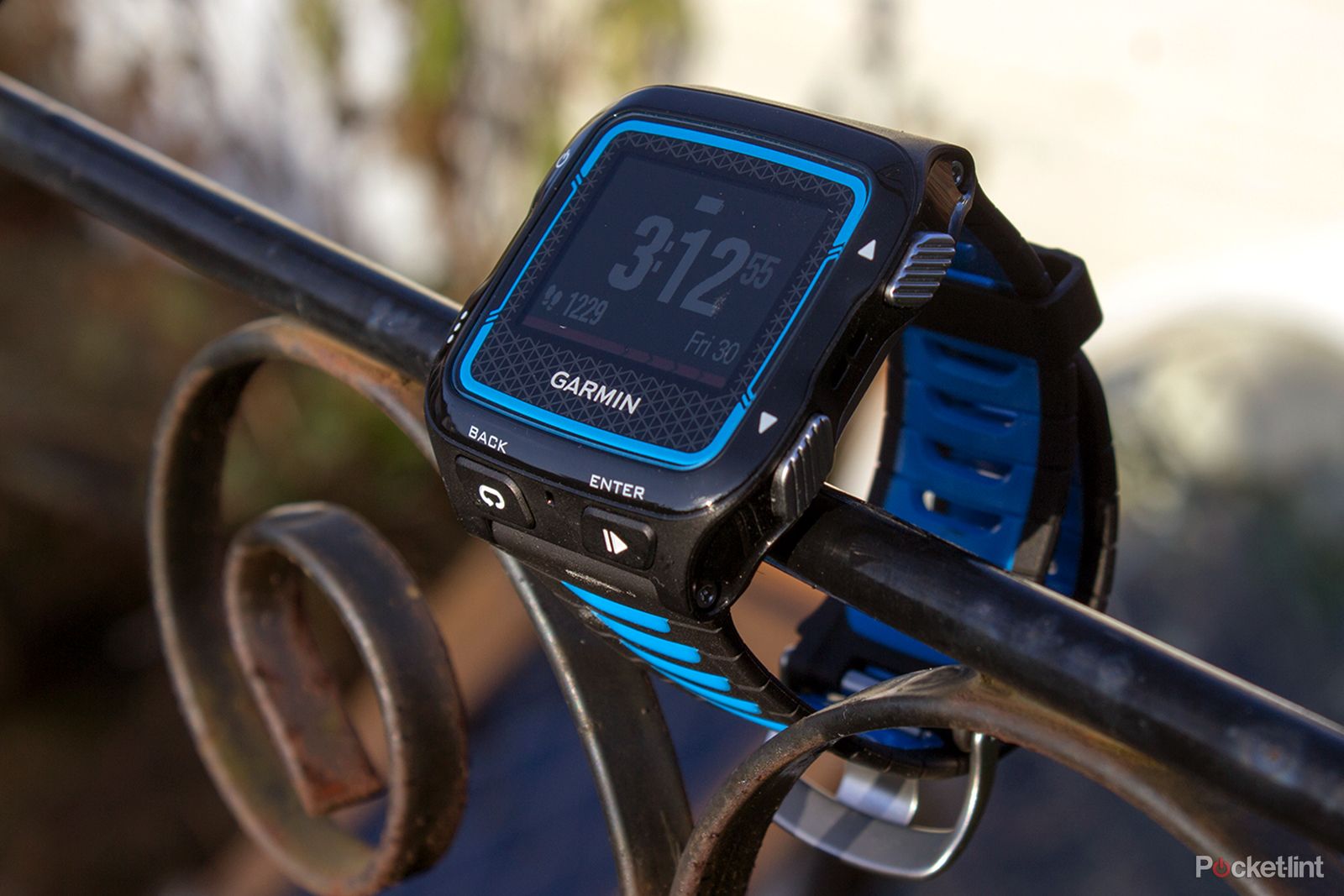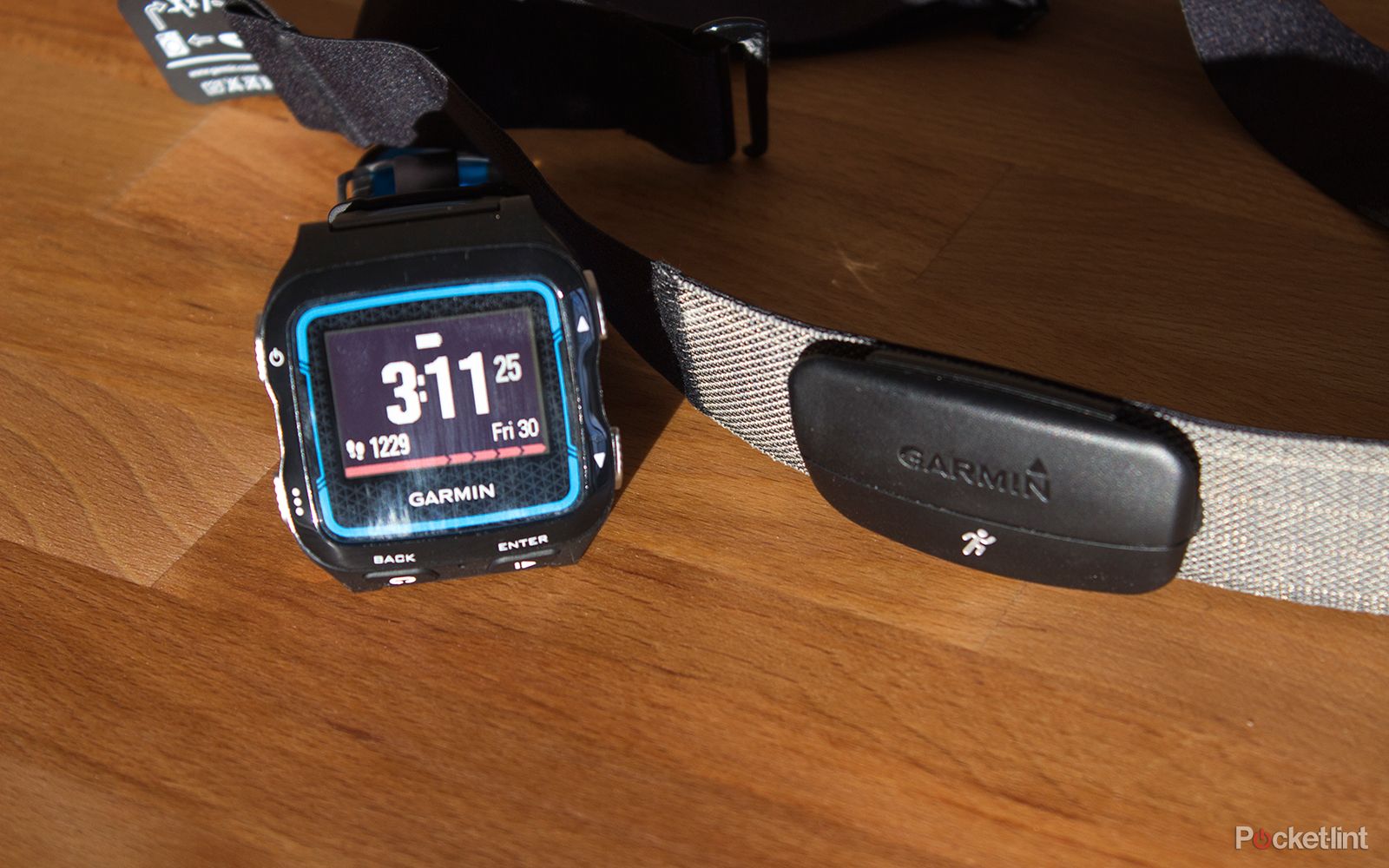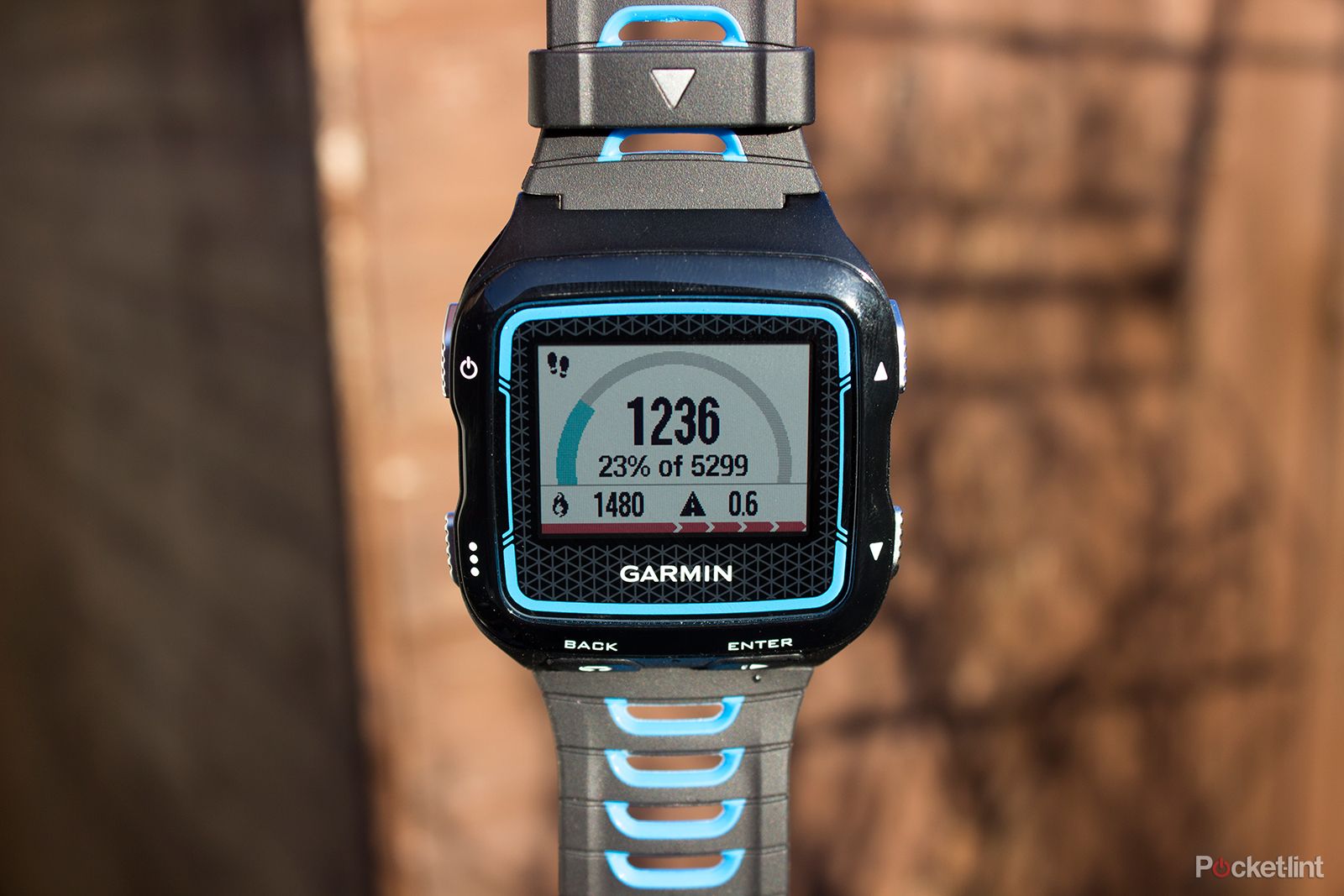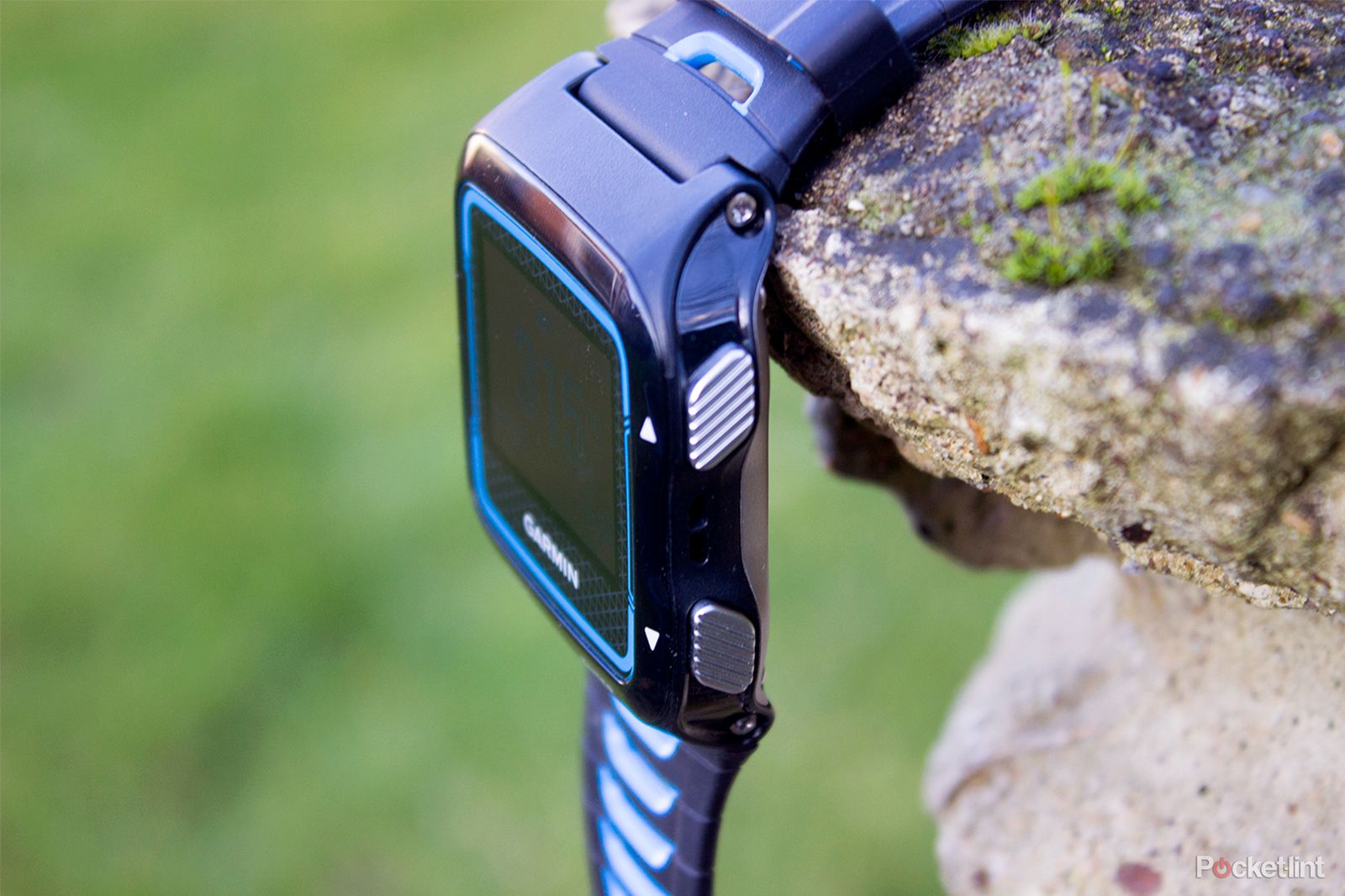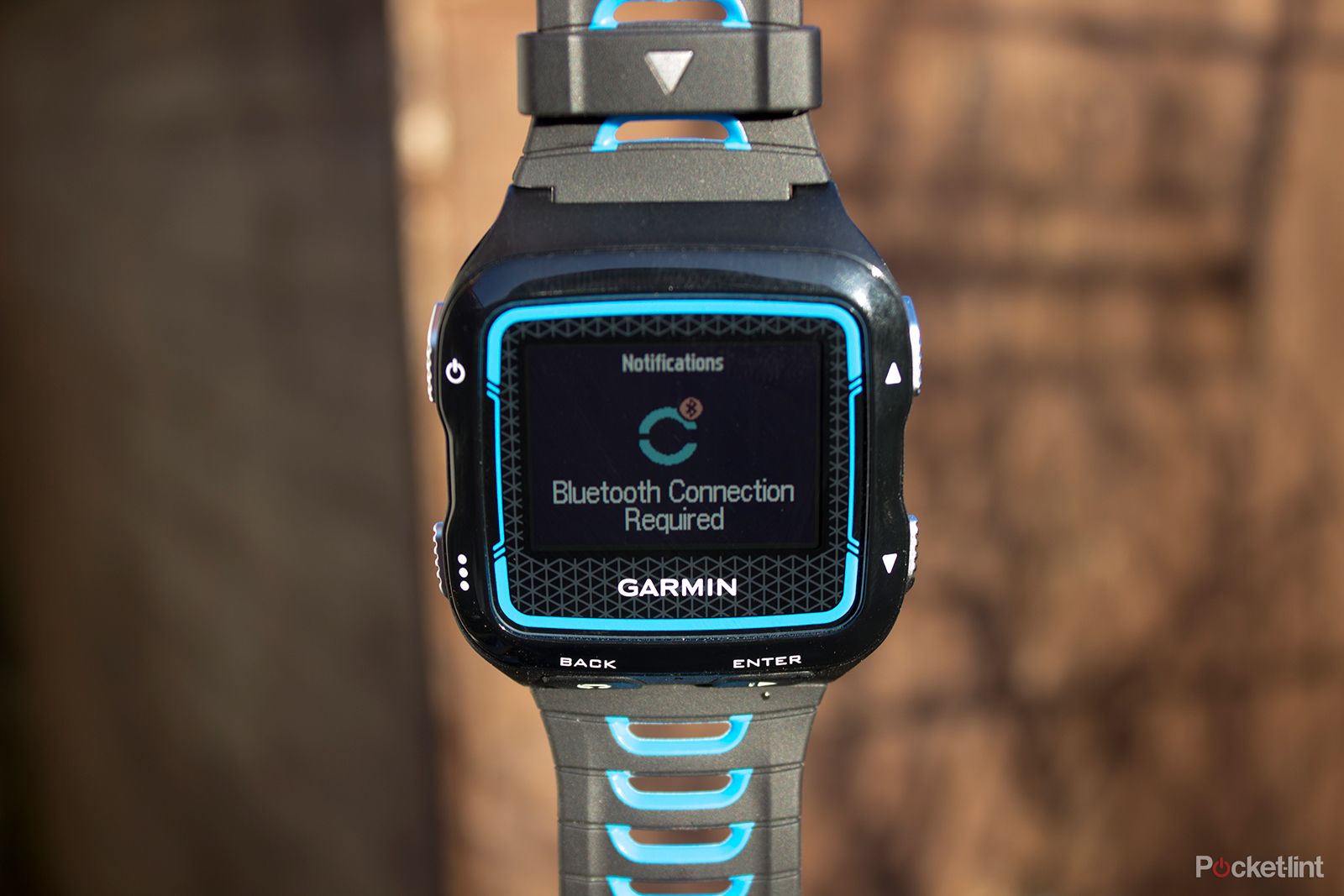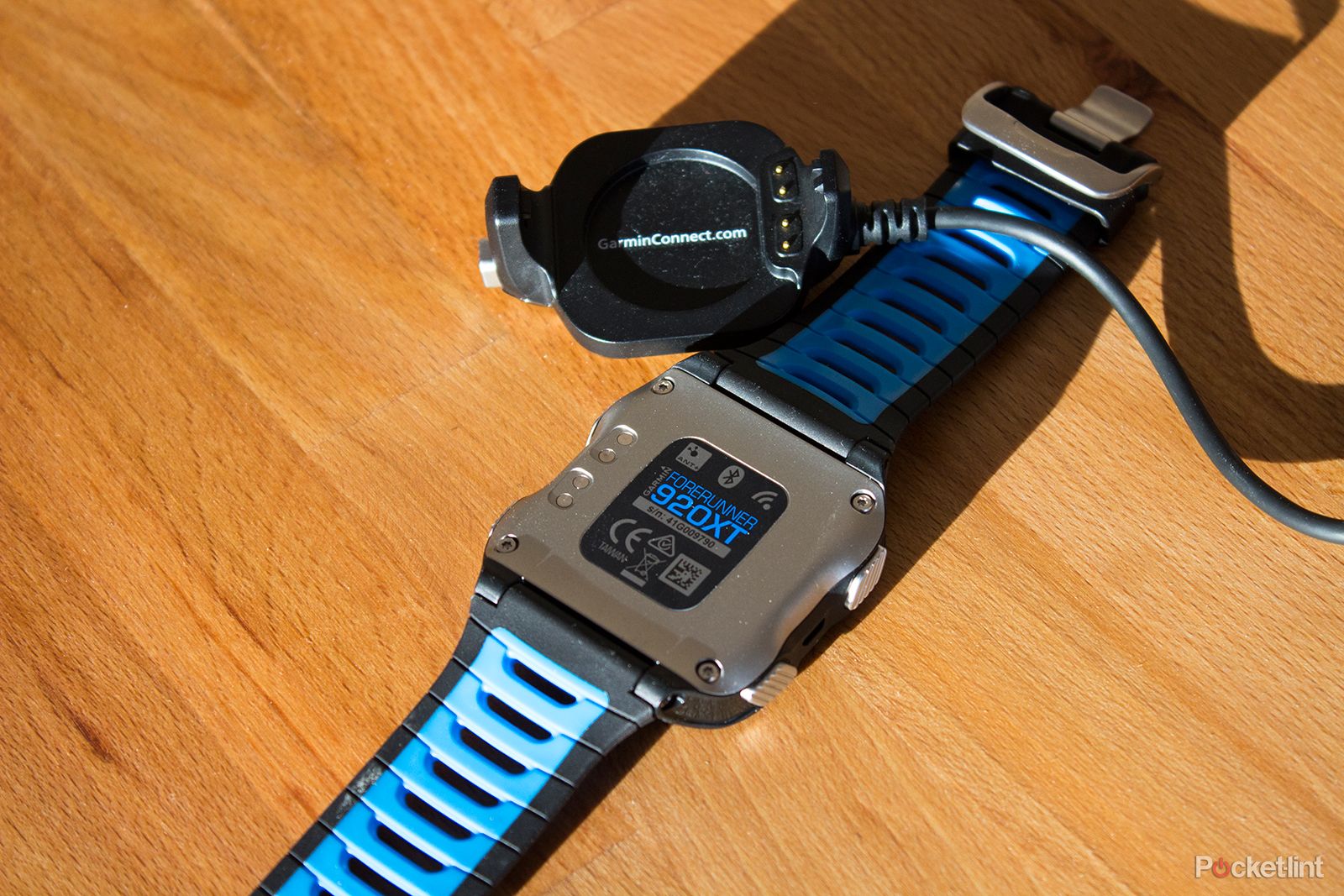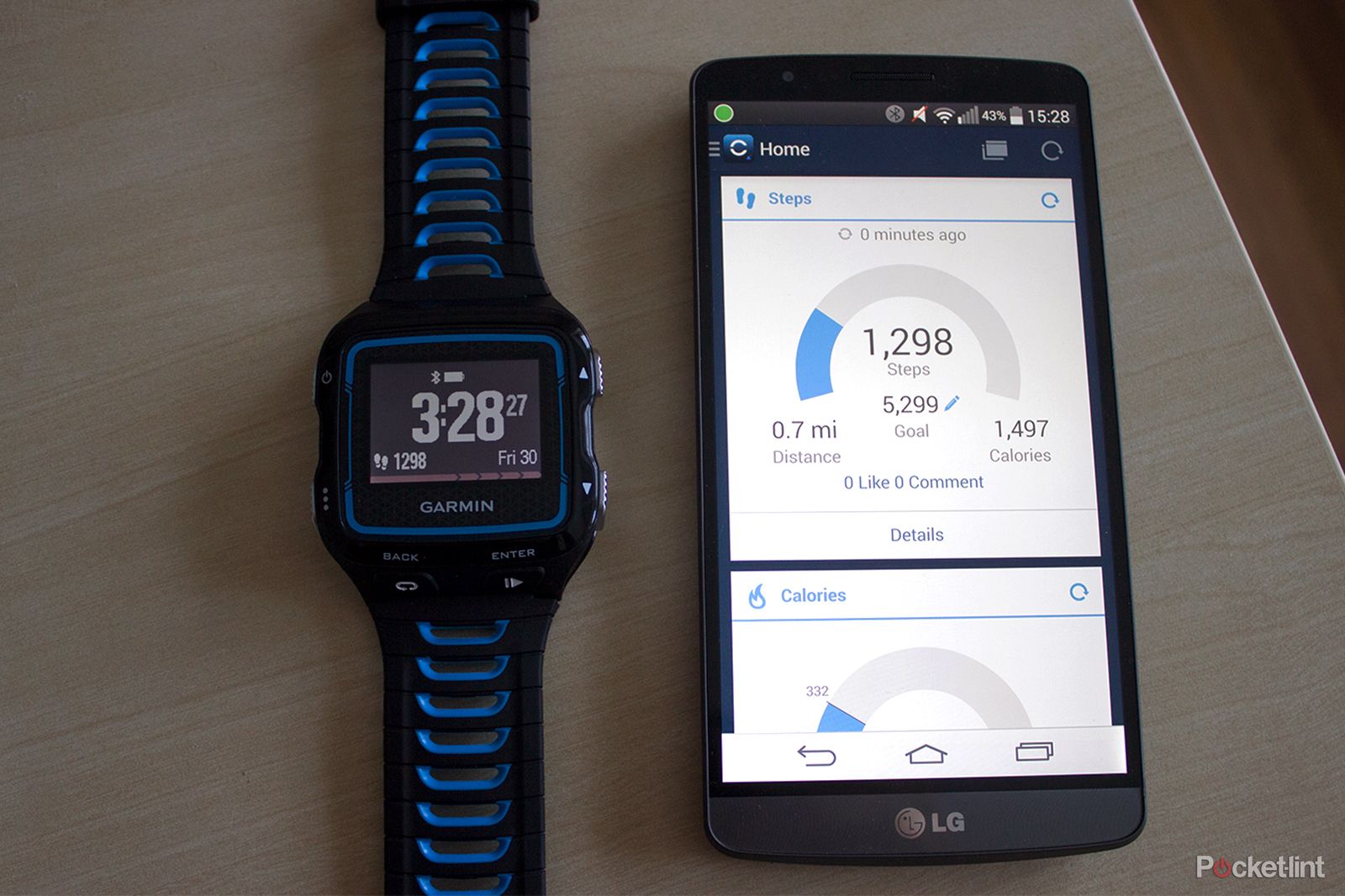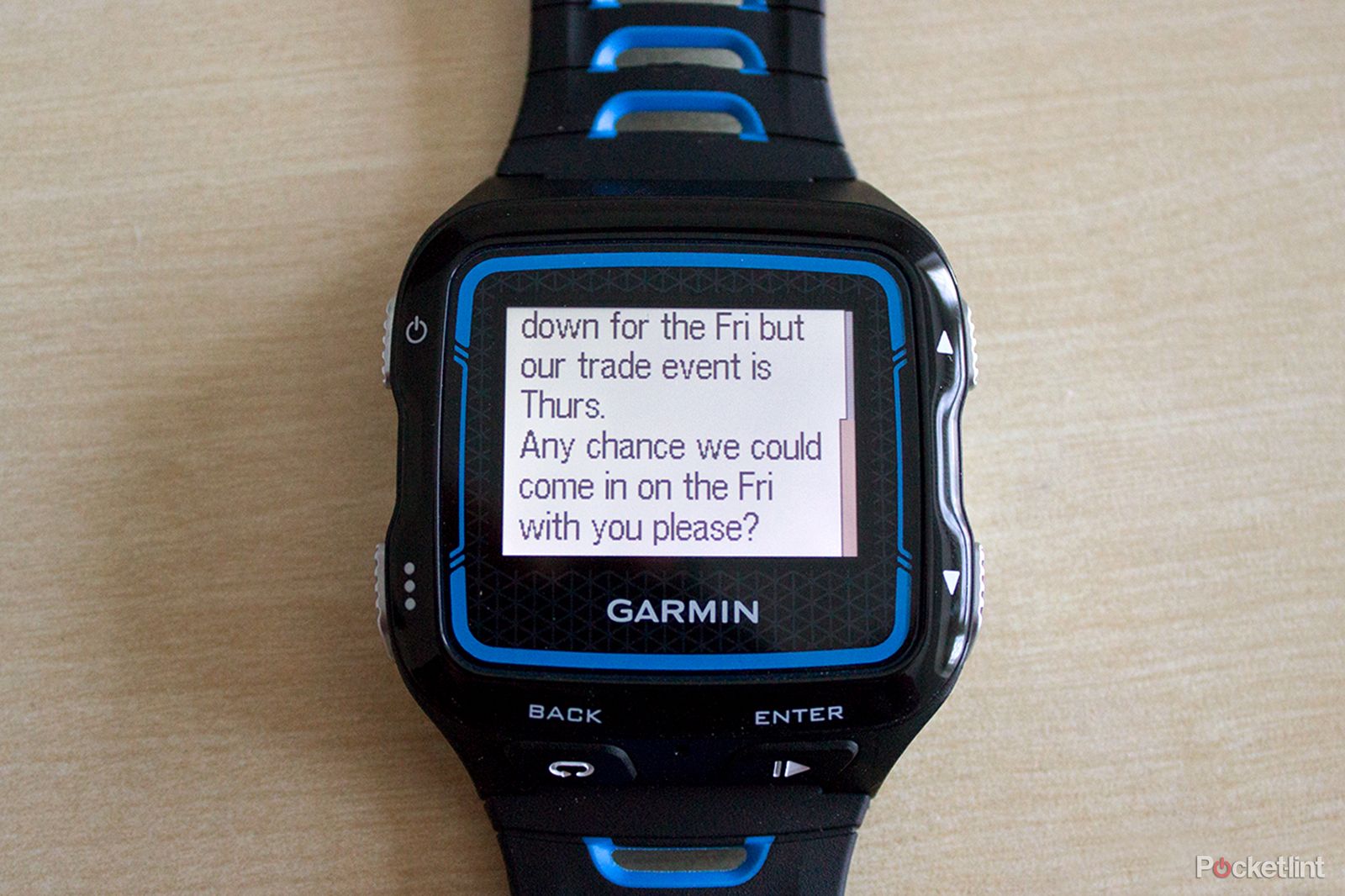Garmin has been in the GPS watch game as long as it has existed, and was creating GPS systems long before that. But with many smartwatches and activity trackers flooding the market of late, it's had to modernise to offer more.
Our quick take
While smartwatches and activity trackers are ever improving, and can often do what a GPS watch does, none of them do it as well as the Garmin ForeRunner 920XT. Maybe when smartwatches improve Garmin will have something to worry about, but for now there is definitely a place for sportswatches like these, especially for those keen to break down their training activity.
The Garmin ForeRunner 920XT tracks activity, running, cycling, swimming and triathlon with brilliant accuracy and for long enough to keep up with even mammoth sessions. It connects to pretty much any sensor you may need out there making it future-proofed too – the only exception being its lack of built-in heart-rate monitor.
For those who want to track activity in a more basic way they can use a free app on their phones. But for those looking for the widest data readouts and most accurate tracking, at a glance, the ForeRunner 920XT is undoubtedly the top of the pile. It might be expensive, but it's well worth it.
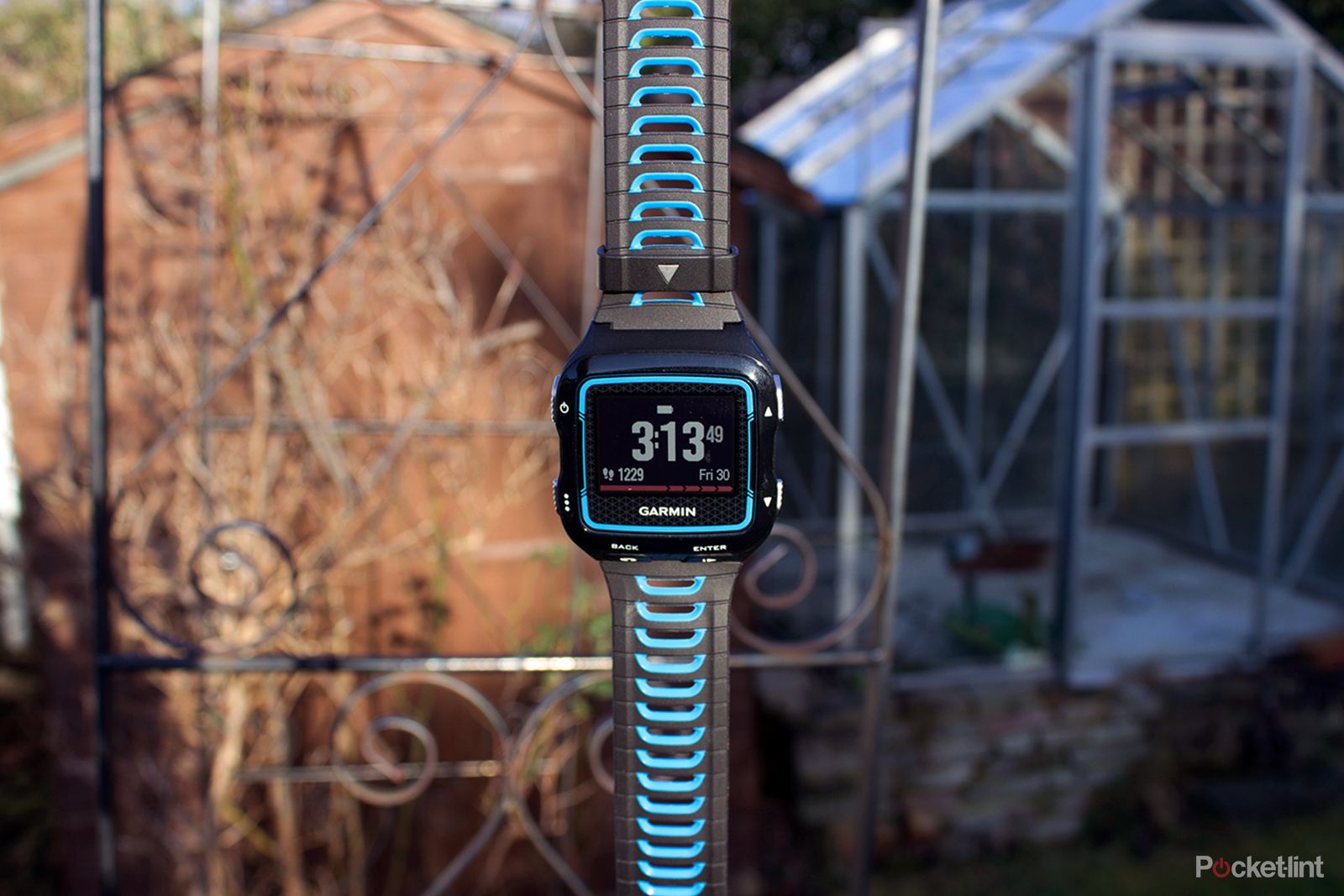
Garmin ForeRunner 920XT - 4.5 / 5
| FOR | AGAINST |
|---|---|
|
|
Garmin ForeRunner 920XT
The Garmin ForeRunner 920XT is the result of that, a fully featured smartwatch to cater for running, cycling, swimming and step-tracking. Is this flagship GPS watch an attractive prospect for the triathlete or is it less necessary in today's smartwatch and smartphone-filled world?
Design and build
The Garmin ForeRunner 920XT is one of the company's thinnest and most attractive GPS watches yet. While the face is large and wide, the 48 x 55mm surface providing a clear view even while running, it's 12.7mm thickness is slim enough to wear throughout the day. Which is a good job, as it also doubles as an activity tracker to count ongoing steps.
However, the 205 x 148 pixel screen takes up just a small chunk of the watch face due to a lot of bezel – it looks and feels a little like wasted space. A bigger screen would be even better to glance at.
The homescreen displays time, date, day, battery and steps with a second screen showing a graphic of step goal achievement level, distance travelled and calories burned. The screen is a low-power display to save battery consumption which also means a super-clear and high-contrast readout. A backlight also helps for running at night or in low-light situations.
To navigate these screens and menus are large buttons, which are well placed and have a striped, textured finish for grip even when in the pool, showing great attention to detail. For running, the placement of the back and enter buttons on the front is a stroke of genius that makes navigating genuinely simple.
It's possible to read heart-rate, but only via an optical chest-based strap. There's no built-in light-based heart-rate monitor to be found here, which is just about the only thing that puts the Garmin potentially behind some of its competitors.
We like the Forerunner 920XT's rubberised strap, which is colour coded with the product – in the case of this review, it's a fetching blue – and certainly makes the ForeRunner stand out. However, that might not be a positive for everyone – this is a sporty style solution, make no mistake, and the colour choice may be a bit much for some. It really comes down to personal preference.
Multi-sport tracking
Garmin has come a long way since its first run tracking GPS watches. The 920XT is now capable of tracking running, cycling, swimming and even all three for triathlons – that last point something of a rarity in running watches.
Run tracking has been made with city runners in mind with an auto pause that will stop a workout when stopping, say while waiting at a set of road crossing lights. This works really well even when stopped for just a few seconds at a time. There is also an option to track an indoor run that uses the accelerometer to track steps when GPS is out of action because of the roof – making it ideal for gym use.
Garmin has also included run dynamics like cadence, vertical oscillation and ground contact time – each ideal for anyone wishing to fine-tune their running technique. These are all on one screen with a nice big graphic making it easy to see the read-out at a glance while you're running.
Cycling tracking is easily selected as an option and in addition to multiple bike profiles, you can also track indoor spin activity by connecting to a smart bike or smart sensors. This is thanks to the wide gamut of connectivity options on the Garmin including ANT+, Wi-Fi and Bluetooth. All the metrics you want are available at a glance, with the more optional accessories you choose meaning more measures are provided - Garmin Vector (a pedal-based power measure, sold separately) is the company's way of measuring not only cadence, but power metrics of where power is being sourced, i.e. which muscles are being used for rotation.
Swim tracking can be used in a pool with set lengths where strokes are measured, which also works in open water swimming making it perfect for triathletes. The indoor setting asks for the pool length so it can be aware of turns and track you without GPS, while when outside the GPS can be used to track distance as well as stroke rate. We found the stroke rate wasn't totally accurate, but in a 50m metre pool the lengths measure was spot on – something we can't say for lesser competitors.
The triathlon specific mode allows you to jump between disciplines by tapping the enter button, making it far easier than fiddling about with settings when you're already struggling out of a wetsuit and climbing on a bike. The big buttons and their placement make this really easy for a one-touch change. Garmin has got it just right here.
When in activity tracking mode the watch will vibrate and tell you to "Move!" if you've been still for too long. This can be turned off in the settings for those that might find this annoying. It's a great option to have that even dedicated activity trackers don't always offer.
Fitness tests are also a nice extra that allow you to roughly measure your VO2 max (that's a measure of the maximum volume of oxygen that you can use), race time predictions and there's even a recovery adviser. When we just finished a long run, for example, we were told to rest for 34 hours as we'd done enough work and needed to recover for that long – a nice reward that made us love this watch even more. Polar offers a similar advisory with training load, but not presented on that watch in this way.
Connectivity, GPS, HR and accessories
When it comes to GPS tracking Garmin, as a former military supplier, offers top-notch solutions. Standard GPS operates once per second, but this can be adjusted with the UltraTrac mode to drop that to every 15, 20 or 60 seconds to save battery consumption. There's also GLONASS.
Despite heart-rate monitors being built into many wrist-worn devices these days Garmin hasn't jumped in on the trend, instead opting for an optional chest-worn strap. These sensors are time tested and accurate, but for many wearing an uncomfortable chest strap may be the thing that makes them lean towards a wrist worn version in another device. If only Garmin had gone down the built-in option, it would be approaching product perfection.
The Garmin ForeRunner 920XT is crammed with connectivity options including Bluetooth, for connecting to a phone or computer, and Wi-Fi for uploading data directly from the device. There is also ANT+ meaning adding additional sensors, such as a cadence sensor, is possible too. Essentially the 920XT can connect to pretty much anything making it future-proof, bar the heart-rate sensor situation.
Battery life
Despite the relatively slim profile the 920XT offers excellent battery life. You can easily wear it as a normal watch, tracking steps, without worrying about charging it for a week. Once GPS and GLONASS are turned on the battery really should start to drop fast, but it doesn't – this thing just keeps going.
With UltraTrac active Garmin claims it will deliver 40 hours of use on a single charge. That's double the Epson Runsense SF-810, and about eight times more than the TomTom Multi-Sport Cardio. Granted, both of those have built-in heart-rate sensors, but the Garmin still goes for the long haul.
With all the tracking options turned on the battery bar appeared the same after a run. We had vibrating alerts throughout our virtual partner race, plus had Bluetooth linked to our phone and received multiple notifications (more on this cool feature below) which we read while running. We could do that another twenty times over a fortnight without worrying about charging, which is great.
Perhaps best of all that means triathlon, marathon and other duration-based activities are no problem for the Garmin ForeRunner 920XT, which puts it a step ahead of much of the competition.
Garmin Connect software
Garmin Connect, the system where all your activities are stored, has graduated from the computer-based-only browser platform to a mobile app (the browser option is still available of course). With Wi-Fi built into the watch you needn't fire up the app to transmit data into the system either.
But should you wish to dive a little deeper into your data readouts then the Garmin Connect app is very helpful. This is brilliant as thinking about getting data into the software isn't an issue, unless you want it on your phone directly of course.
The community spirit is alive and strong in Garmin Connect too, with Challenges available to chose from as setup by other users. These vary but can be selected and added to your to-do list which will keep track of how you're doing, in addition to showing your score compared to everyone else. For example there's a 45,000 step challenge where you need to complete that many in a day – this makes step-tracking more additive as you check against others each day.
Notifications is a really great extra feature on the 920XT, allowing your phone to have its notifications – such as messages and emails – displayed on screen, just like a dedicated smartwatch. So while running we were able to see when texts and even WhatsApp messages arrived and could read them right there on the watch.
Another great feature we enjoyed using was Live Tracking. This allows you to share a link with a friend, via their email, which through a browser they can track where you are on your travels. This was both accurate and instant – ideal to avoid receiving calls and texts from those expecting you back when you've pushed yourself a little too far.

